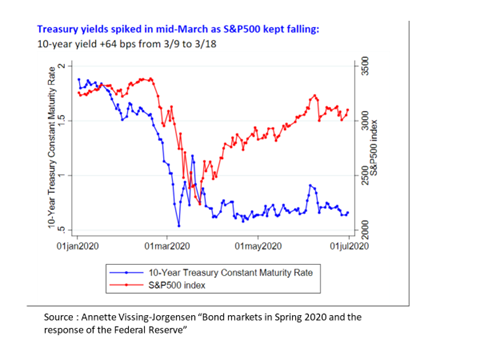
The US approved a new relief/stimulus package of almost 1 tr USD (4.5% GDP) on top of the 2.2 tr of last March. The commentariat said it would not be enough and more would be necessary next year. Big Government expenditures increasing more than in any other country 1/
Biden called it just “a down-payment” and (surprise) Trump called it an unsuitable “disgrace” and is threatening to veto it. He wants $2000 for each citizen (below $75000 annual income) instead of the law´s $600. The 5593 pages law (!) is full of “pork-barrel” measures 2/
e.g.” a $2.5 billion break for racecar tracks and..$6.3 billion write-off for business meals” or it “creates an independent commission to oversee horse racing, a priority of Senator Mitch McConnell” 3/nytimes.com/2020/12/22/us/…
It has a provision “that some tax experts call a $200 billion giveaway to the rich” and “ a Fellow at Brookings ..estimated that $120 billion of the $200 billion would flow to the top 1 percent of Americans” 4/ nytimes.com/2020/12/22/us/…
No one knows what will happen now. If Trump does veto, a new vote with the same number of Congress´ members can overcome it, but Congress mostly left for the holidays and the Dems favour the $2000 that they had also initially proposed and Reps refused.5/
Nothing substantially different can happen next year with the GOP controlling the Senate or having the filibuster option to block major legislative initiatives by Democrats, including a budget. Inequalities and environmental risks will continue to plague the US system. 6/6
• • •
Missing some Tweet in this thread? You can try to
force a refresh






